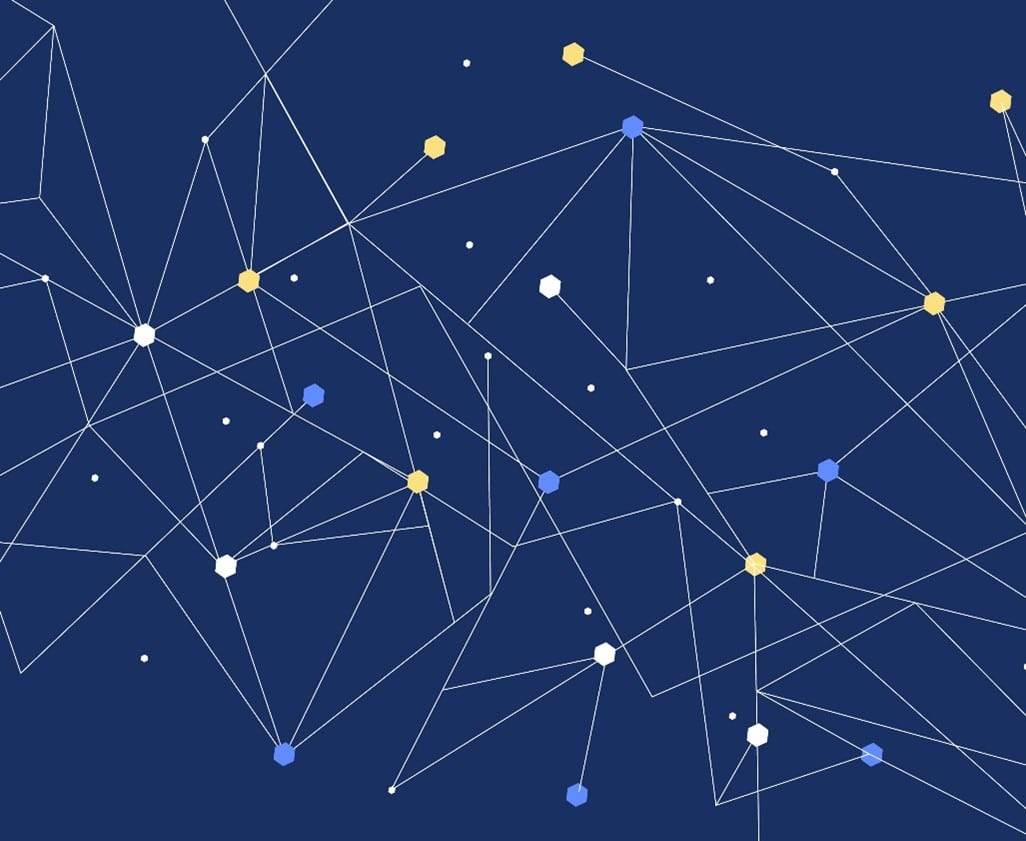There’s no question that generative AI tools are having a moment right now.
JPMorgan’s CEO Jamie Dimon called the technology “transformational,” saying that it could be as impactful as the advent of electricity or the internet one day.
“Think the printing press, the steam engine, electricity, computing and the Internet, among others,” Dimon wrote in a letter to shareholders in April.
AI is shaking up banking, especially in the U.S. North American banks are leading the charge when it comes to AI — 80% of all bank AI research was conducted by banks in the region in 2022, according to a report from banking data provider Evident. For megabanks, AI is par for the course. Community banks have been slower on the uptake, with some only engaging with AI through vendor technology.
But banks that don’t have a clear internal AI strategy are going to fall behind, and potentially lose out on business. AI could deliver value equal to $200 to $340 billion annually in the banking industry, according to a McKinsey report on AI and workforce productivity. But what exactly this technology will actually mean for bank employees remains to be seen.

Register for Discovery2024 Conference
Join us August 8th for Discovery2024, your gateway to the strategic insights and human connections you may need to navigate the evolving financial landscape.

Industry Cloud for Banking from PwC
PwC’s Industry Cloud for Banking applies our deep industry knowledge to your specific business needs.
The most likely scenario is that workers will have to make a concerted effort to develop new technical skills to be able to do their jobs successfully — and banks will be on the hunt for new hires that understand and are comfortable using technology, says Tim Bates, professor of practice at the University of Michigan’s College of Innovation and Technology.
“They have to have an idea of AI and natural language processors,” Bates says. “You’re looking for people who have actually engaged with AI, who are not afraid of it.”
Bankers need to cultivate teams that align with the bank’s broader AI strategy or policy, says Amanda Swanson, senior director in the Delivery Channels practice at Cornerstone Advisors. First, it’s important to ensure that the bank has a clear policy on AI. Once the policy is in place, then bankers can take stock of their team’s skills, and begin to train existing and hire new employees to fill in the gaps.
“When should an employee be using AI and how should it be utilized?” Swanson says. “Those are the things they should be articulating to really define the overall bank policy.”
Read more about best AI practices:
- Why AI Isn’t Coming for Your Banking Job
- Why Banks Risk Data Chaos by Rushing Into AI for CRM
- Will GenAI be Your New Manager of Risk and Compliance?
Most Employees Only Need to Be Familiar with AI
Just because having experience with AI is increasingly important doesn’t mean your employees have to go out and get a degree in software engineering. For most workers, a general comfortability with computers should suffice, Bates says. But, workers should know more than just the absolute basics.
“It’s not just about being computer literate and it’s about understanding how computer programs work,” Bates says.
Developing your team’s AI literacy is not as difficult as it might seem. Bates recommends checking out the websites of big universities like the Massachusetts Institute of Technology (MIT) and Stanford, which often have AI resources and information.
“It’s not just about being computer literate and it’s about understanding how computer programs work.”
— Tim Bates
For those who want to go a little further, developing an understanding of no-code or low-code development tools could be helpful in the long run. Low-code or no-code tools provide those with very little or no coding experience the opportunity to design and develop custom applications.
“It’s a different barrier of entry to programming,” he says. “It helps people put together tools when they use AI.”
For Bank Marketing Teams, AI is Table Stakes
In April 2023, Hootsuite, the popular social media marketing tool, announced the launch of its OwlyWriter AI. The AI-powered content generator is meant to help marketers get through “creative dry spells” by assisting in the content writing process.
Marketers, in particular, are facing incredible pressure to keep pace with the 24/7 cycle of social media — a problem that companies like Hootsuite are clearly trying to address with AI.
“When we asked our customers the biggest challenge they face as social media managers, nearly one-third of them told us it was ‘difficulty coming up with content ideas,'” says Natalia Williams, Chief Product Officer, Hootsuite, in a press release about the announcement.
“We set out to design a tool that would make social-first content creation seriously easy, and help our customers break away from the ‘sea of content sameness’ on social, all at once.”
“You’re looking for people who have actually engaged with AI, who are not afraid of it.”
— Tim Bates
Hootsuite is far from the only marketing tool that’s investing in AI technologies. Keyword Insights, Grammarly, and Jasper all promise to make writing better in one way or another using AI. Popular search engine optimization platform SEMRush now offers a variety of AI and automation apps that can do everything from helping plan marketing strategy to generating social content.
So if you’re working on a marketing team, odds are that if you haven’t come into contact with AI yet, you will soon. On the hiring side, there will be more of an expectation that marketers are generally familiar with using technology, including AI, Swanson says.
“When I think about digital marketing, SEO, SEM, and social media, it’s about having the skills that an employee feels comfortable with [AI],” she says. “It’s the skills related to innovative marketing technologies.”

Banks Need Strong Leadership to Digitally Transform
A leader whose sole focus is to implement and upskill staff on new AI technology and tools is needed at banks right now. Chief AI officer roles are becoming more of a trend at some companies — but banks have been slow to hire them.
Regardless, banks are in need of strong leadership to help navigate the changes that AI is set to bring to the financial services industry. Data shows that employees expect AI strategy to come from the top down. 57% of workers in an Adecco survey say they want training on AI from their companies.
AI is a new frontier that will likely require new policies and procedures for many banks, Swanson says. Bankers need to think about everything from “Am I comfortable with my team using ChatGPT at work?” to “How are we protecting our data?”
“What are the rules of the road for employees using AI?” she says.
Organizations will also need to take into consideration the ethical concerns that come with AI, Bates says. Since humans create AI systems, bias can be introduced, and banks will need leadership who understand these challenges.
“You may have a chief ethics officer, which is going to be really important with bias,” he says. “Every C-Suite leader needs to understand how AI is going to work with their environment.”
Caroline Hroncich is a freelance business journalist based in New York. She writes about workplace trends, HR, personal finance, banking, and more. Her work has appeared in MarketWatch, Business Insider, Employee Benefit News, the Society for Human Resource Management, and Cannabis Wire.







